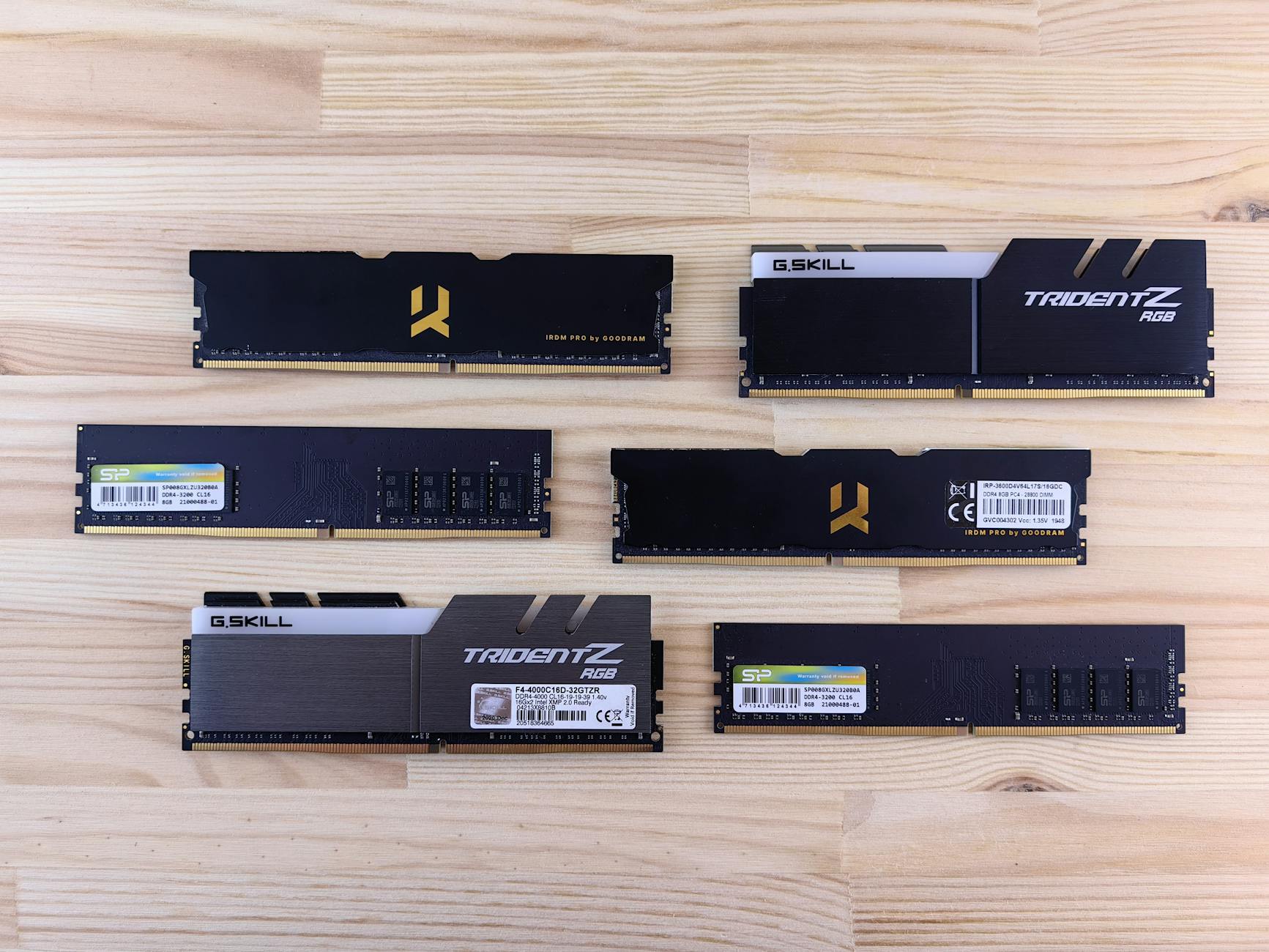In the world of finance and investment, Special Purpose Acquisition Companies (SPACs) have emerged as a prominent and intriguing phenomenon. This comprehensive guide aims to demystify SPACs, delving into their structure, purpose, benefits, challenges, and real-world applications. By exploring the multifaceted world of SPACs, this article provides valuable insights for investors, financial professionals, and curious readers alike.
Introduction to SPACs
What Are SPACs?
SPACs, or Special Purpose Acquisition Companies, are essentially shell companies with no commercial operations. They are formed with the specific purpose of raising capital through an initial public offering (IPO) to acquire an existing private company.
The Birth of SPACs
The concept of SPACs is not new. It dates back to the early 1990s but has gained significant momentum in recent years. The resurgence of SPACs can be attributed to various factors, including regulatory changes, market conditions, and the evolving needs of modern businesses.
The Structure of SPACs
A SPAC is created by a group of experienced business professionals, often referred to as sponsors. These sponsors have expertise in a particular industry or business sector, and they guide the SPAC in identifying and acquiring a suitable target company.
The SPAC Process Explained
Formation and IPO
- Formation: Sponsors form the SPAC and contribute initial capital, known as the “sponsor promote.”
- IPO: The SPAC goes public through an IPO, selling shares to investors. The funds raised are placed in a trust account.
- Target Identification: The SPAC identifies a private company to acquire, known as the target company.
- Merger Agreement: The SPAC and the target company enter into a merger agreement.
- Shareholder Approval: SPAC shareholders vote to approve the merger.
- Completion of Merger: If approved, the merger is completed, and the target company becomes a publicly traded entity.
Timeline
The entire SPAC process typically takes between 18 to 24 months. The SPAC has a limited time frame (usually 18 to 24 months) to identify and complete a merger with a target company. If the SPAC fails to do so within this time frame, it must return the funds to the investors.
Benefits of SPACs
For Investors
- Access to Investment Opportunities: SPACs provide investors with access to investment opportunities in private companies that may otherwise be inaccessible.
- Experienced Management: Investors benefit from the expertise of the SPAC’s sponsors, who often have significant industry experience.
- Potential for High Returns: If the SPAC successfully acquires a high-performing company, investors may realize substantial returns.
For Target Companies
- Simplified IPO Process: Going public through a SPAC can be faster and less cumbersome than a traditional IPO.
- Access to Capital: Target companies gain access to the capital raised by the SPAC, providing funds for growth and expansion.
- Strategic Partnerships: The expertise of the SPAC’s sponsors can provide valuable strategic guidance and support.
Challenges and Risks of SPACs
For Investors
- Risk of No Acquisition: If the SPAC fails to complete an acquisition within the specified time frame, investors may only receive their initial investment back, without any returns.
- Market Risk: The success of the SPAC’s acquisition depends on various market factors, including economic conditions and industry trends.
For Target Companies
- Negotiation Complexity: Negotiating a merger with a SPAC can be complex and time-consuming.
- Potential Conflicts of Interest: The interests of the SPAC’s sponsors may not always align with those of the target company or the investors.
Real-World Examples of SPACs
Virgin Galactic
In 2019, Virgin Galactic, Richard Branson’s commercial spaceflight company, went public through a merger with a SPAC. This allowed the company to access the capital needed to advance its space tourism ambitions.
DraftKings
DraftKings, a digital sports entertainment and gaming company, also went public through a SPAC merger in 2020. The merger provided DraftKings with the funds to expand its operations and enter new markets.
Conclusion: The Evolving Landscape of SPACs
SPACs represent a dynamic and multifaceted aspect of the modern financial landscape. By offering a unique pathway to public markets, they have become an attractive option for both investors and private companies. However, the world of SPACs is not without its complexities and risks. Understanding the intricacies of SPACs, from their formation to their potential benefits and challenges, is essential for anyone considering this investment avenue.
As the financial world continues to evolve, SPACs are likely to remain a significant and intriguing part of the investment landscape. Their ability to bridge the gap between private and public markets, coupled with the opportunities and challenges they present, ensures that SPACs will continue to be a subject of interest and exploration for years to come.
Note: The information provided in this article is for educational and informational purposes only. It is not intended to be financial or investment advice. Always consult with a financial professional before making any investment decisions.



